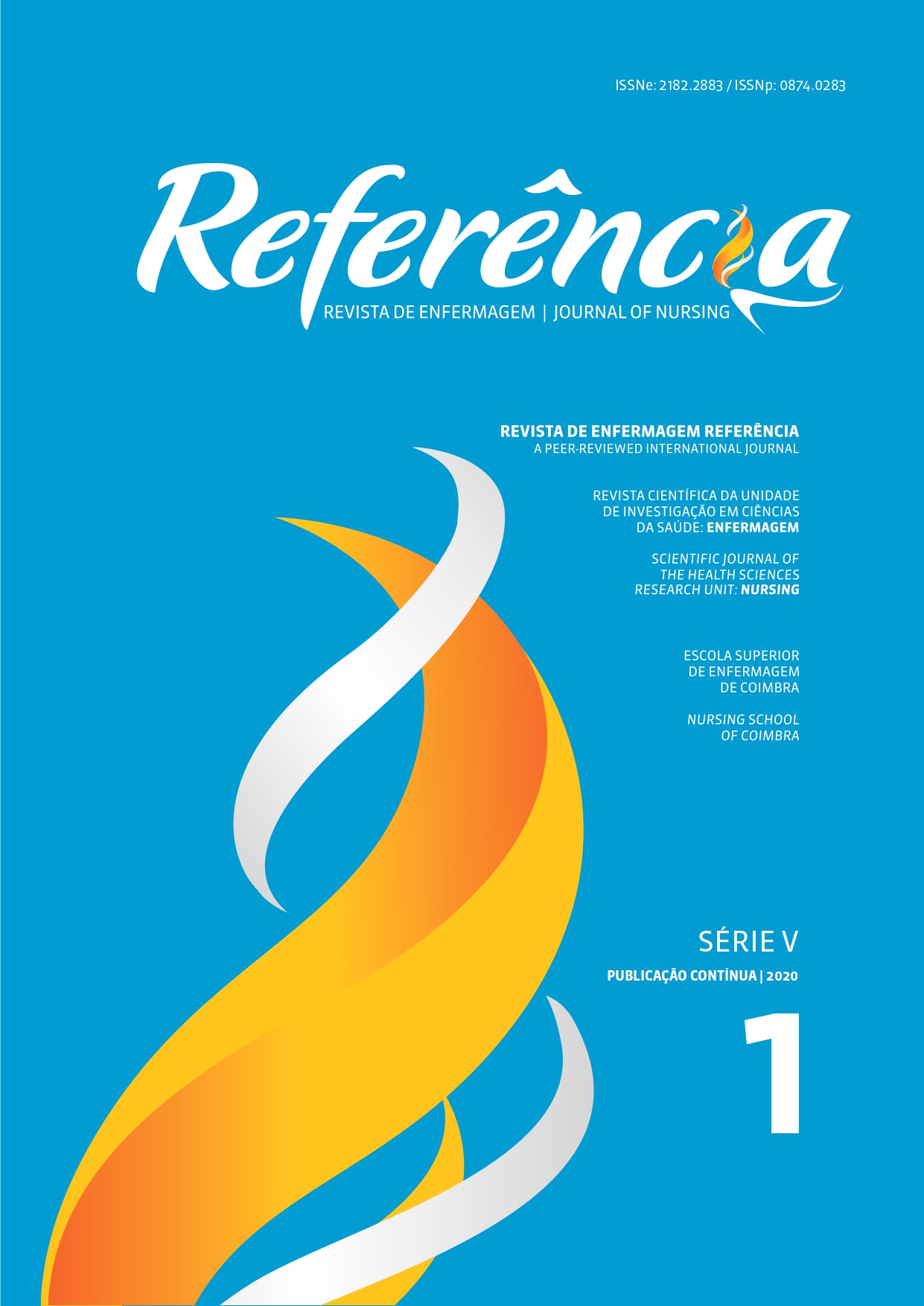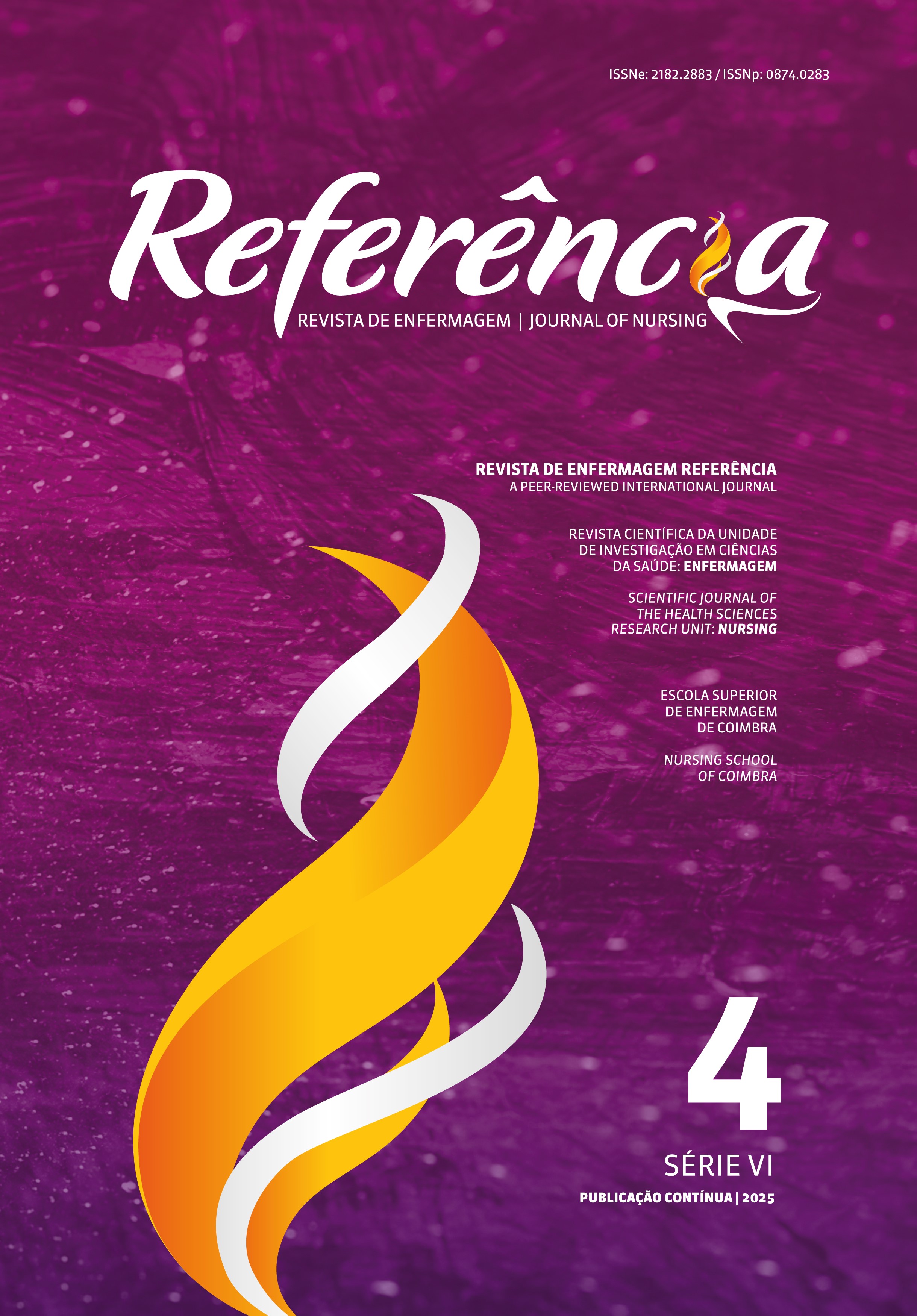Escala de Detección de Sexismo en Adolescentes: translation and validation for the Portuguese population
DOI:
https://doi.org/10.12707/RIV19075Keywords:
sexism, adolescent, validation studies, gender violenceAbstract
Background: Sexism is defined as individuals’ beliefs, attitudes, behaviors, and practices that reflect negative evaluations based on gender and reinforce gender inequality. Early interventions should be implemented to reduce it.
Objective: To validate the Escala de Detección de Sexismo en Adolescentes (DSA) for the Portuguese population.
Methodology: Validation included translation, cultural adaptation, and construct validity procedures, in a sample of 259 adolescents (aged 13 to 19 years) attending basic and secondary education schools.
Results: The exploratory factor analysis showed that hostile sexism (HS; 16 items) and benevolent sexism (BS; 10 items) account for 38.34% and 10.25% of total variance, respectively.
Conclusion: The DSA scale has good psychometric properties and kept the items of the original version. HS is higher in male adolescents and BS is higher in female adolescents. HS increases with age. The DSA scale proved to be a valid tool for measuring sexism in Portuguese adolescents.
Downloads
References
Barreto, M., & Ellemers, N. (2013). Sexism in contemporary societies: How it is expressed, perceived, confirmed, and resisted. In M.K. Ryan & N.R. Branscombe (Eds.), The SAGE Handbook of Gender and Psychology (Cap. 18). London, United Kingdom: Sage Publications.
Beaton, D., Bombardier, C., Guillemin, F. & Ferraz, M. (2000). Guidelines for the Process of Cross-Cultural Adaptation of Self-Report Measures. SPINE, 25(24), 3186-3191. doi: 10.1097/00007632-200012150-00014
Bezada Morales, Y. (2017). Propiedades Psicométricas de la Escala de Detección de Sexismo en Adolescentes (DSA) de instituciones educativas públicas (Licenciatura). Universidad César Vallejo. Recuperado de http://repositorio.ucv.edu.pe/handle/UCV/12473
Committee of Ministers. Council of Europe. (2019). Recommendation CM/Rec (2019)1of the Committee of Ministers to member States on preventing and combating sexism. Recuperado de https://search.coe.int/cm/pages/result_details.aspx?objectid=090000168093b26a.
Costa, P., Oliveira, R., Pereira, H., & Leal, I. (2015). Adaptação dos inventários de sexismo moderno para Portugal: o inventário de sexismo ambivalente e o inventário de ambivalência em relação aos homens. Psicologia: Reflexão E Crítica, 28(1), 126-135. doi: org/10.1590/1678-7153.201528114
Dovidio, J., Hewstone, M., Glick, P. & Esses, V. (2010). Handbook of Prejudice, Stereotyping and Discrimination. London: Sage Publications.
Etchezahar, E. & Ungaretti J. (2014). Woman stereotypes and ambivalent sexism in a sample of adolescents from Buenos Aires. Journal of Behavior, Health & Social Issues, 6(1), 87-94. doi: 10.5460/jbhsi.v6.2.41328
Mamani, D.C. (2017). Sexismo en adolescentes de instituciones educativas de Lima y Ayacucho, Perú. Ciencia y Arte de Enfermería, 2(2), 37-42. doi.org/10.24314/rcae.2017.v2n2.07
Ramiro-Sánchez, T., Ramiro, M.T., Bermúdez, M.P., & Buela-Casal, G. (2018). Sexism and sexual risk behavior in adolescents: Gender differences. International Journal of Clinical and Health Psychology, 18, 245-253. doi.org/10.1016/j.ijchp.2018.04.002
Recio, P., Cuadrado I., & Ramos, E. (2007). Propriedades psicométricas de la escala de detección de sexismo en adolescentes (DSA). Psicothema, 19(3), 522-528. doi.org/10.1037/t00700-000
Rojas-Solís, J., & Raimúndez, E. (2011). Sexismo y agresiones físicas, sexuales y verbales-emocionales, en relaciones de noviazgo, de estudiantes universitarios. Electronic Journal of Research in Educational Psychology, 9(2), 541-564. Recuperado de https://www.aacademica.org/dr.jose.luis.rojas.solis/5
Santoro, C., Martínez-Ferrer, B., Monreal Gimeno, C., & Musitu, G. (2018). New Directions for Preventing Dating Violence in Adolescence: The Study of Gender Models. Frontiers in Psychology, 12(9),946. doi:10.3389/fpsyg.2018.00946
Swim, J. K., & Hyers, L. L. (2009). Sexism. In T. D. Nelson (Ed.), Handbook of prejudice, stereotyping, and discrimination (pp. 407-430). New York, NY, US: Psychology Press.
Worthington, R. L., & Whittaker, T. A. (2006). Scale Development Research: A Content Analysis and Recommendations for Best Practices. The Counseling Psychologist, 34(6), 806-838. doi: org/10.1177/0011000006288127






